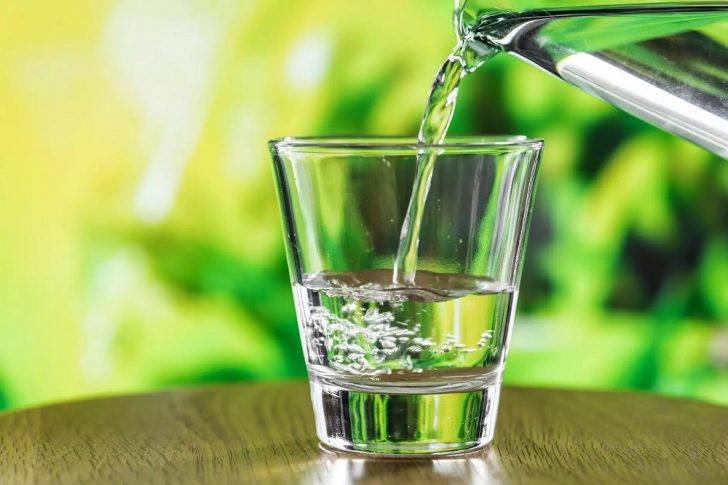Water is one of our most precious resources for sustaining life and supporting countless industries. However, water pollution remains a significant global concern, threatening ecosystems and human health.
In seeking effective and sustainable methods to clean contaminated water, researchers have turned to innovative approaches, including static electricity. This article will explore how static electricity can be harnessed to clean water, discussing its principles, applications, and potential benefits.
Understanding Static Electricity
To grasp the concept of cleaning water with static electricity, it’s important to understand the basics of static electricity itself.
Static electricity is the accumulation of electric charge on an object, typically caused by friction or contact with another charged object. When two objects with different electrical charges come into contact, a charge transfer occurs, resulting in a buildup of static electricity.

Principles of Water Cleaning With Static Electricity
The principle behind static electricity for water cleaning lies in its ability to attract and capture particles or impurities suspended in water. As water flows through a system, an electric field is created, which induces an electrostatic charge on the impurities. The charged particles become attracted to oppositely charged surfaces, effectively removing them from the water.
Applications
Filtration Systems
Static electricity can be utilized in various filtration systems to remove contaminants from water. Electrostatic precipitators, for example, are commonly used in industrial settings to capture particulate matter emitted during manufacturing processes.
In these systems, charged plates or electrodes attract and trap the particles, preventing them from being released into the atmosphere or water sources.
Water Purification Devices
Portable water purification devices have also emerged that leverage the power of static electricity. Some devices incorporate electrostatic charging mechanisms to attract and remove bacteria, viruses, and other microorganisms from water, rendering it safe for drinking. This technology is particularly valuable in regions with limited access to clean water or during emergencies.

Desalination Processes
Desalination, the process of removing salt and other minerals from seawater, is another area where static electricity can play a role. Traditional desalination methods, such as reverse osmosis or distillation, require substantial energy inputs.
Electrostatic desalination techniques, on the other hand, exploit the principles of static electricity to separate ions and other charged particles from water, reducing energy requirements and improving efficiency.
Benefits
Energy Efficiency
One of the notable benefits of using static electricity for water cleaning is its energy efficiency compared to conventional methods. Static electricity-based systems can reduce energy consumption and associated costs by harnessing the power of charge, making them more sustainable and economically viable.
Versatility
Static electricity-based water cleaning techniques offer versatility in their applications. They can be adapted for various scales, from large-scale industrial operations to small portable devices. This versatility enables their deployment in diverse settings, including households, wastewater treatment plants, and remote regions lacking infrastructure.

Effective Removal of Particles
Static electricity is highly effective in capturing and removing particulate matter from water. This includes microplastics, heavy metals, suspended solids, and other pollutants adversely affecting ecosystems and human health. Static electricity-based systems improve water quality and protect the environment by removing these contaminants.
Reduction of Chemical Usage
In some cases, static electricity-based water cleaning methods can reduce reliance on chemical treatments. Traditional water treatment processes often require the addition of chemicals to remove impurities.
By employing electrostatic principles, these methods can minimize the need for chemical additives, reducing potential risks and costs associated with their use.




